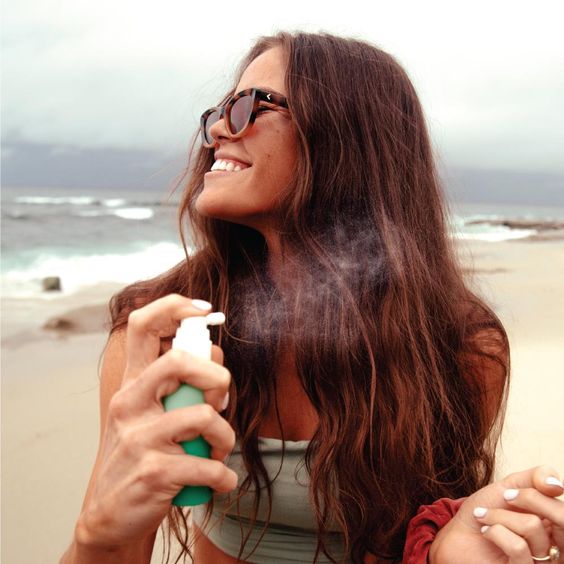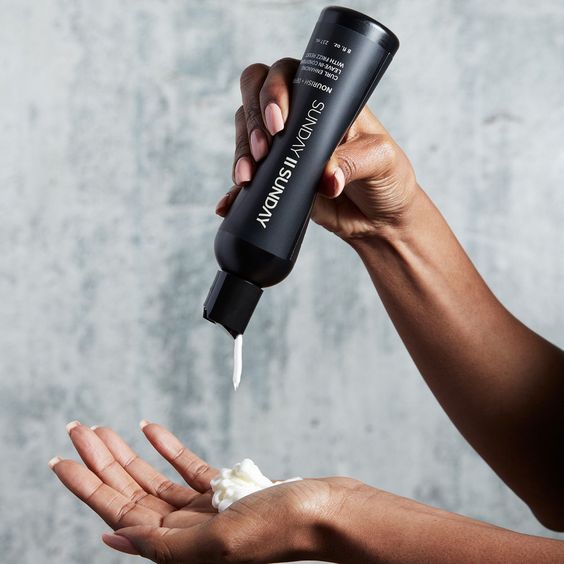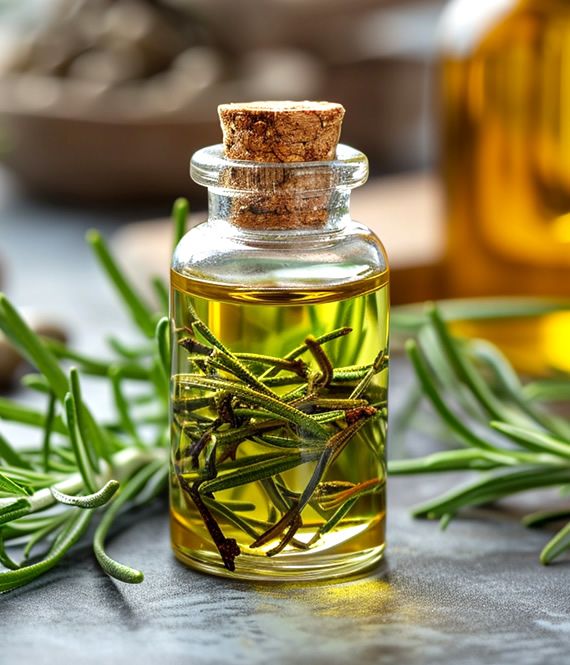Taking care of your hair isn’t a one-size-fits-all process. As the seasons change, so should your hair care routine. From the scorching heat of summer to the cold, dry air of winter, environmental factors can take a toll on your hair’s health and appearance. By adapting your routine to seasonal changes, you can protect your strands from damage, maintain moisture, and keep your hair looking its best all year round. Whether it’s fighting frizz in summer or preventing dryness in winter, this guide will help you maintain healthy, beautiful hair through every season.
Why a Seasonal Hair Care Routine Matters
Each season brings unique environmental challenges for your hair. Seasonal changes cause fluctuations in temperature, humidity, and exposure to elements such as UV rays or cold air, directly affecting hair health. For example, high humidity in summer can cause frizz, while dry winter air can lead to breakage and static. Ignoring these changes could result in common hair problems like excessive dryness, breakage, frizz, or scalp issues.
Common Seasonal Hair Problems:
- Summer: Frizz, UV damage, saltwater, and chlorine exposure
- Winter: Dryness, static, and breakage due to cold air and indoor heating
- Spring/Fall: Transitioning hair health, scalp buildup, and seasonal shedding
Adjusting your hair care routine with the changing seasons is key to combating these issues and ensuring your hair stays healthy year-round.
Spring Hair Care: Prepare for the Warmer Months
Spring represents renewal—not just for nature, but also for your hair. As temperatures warm and humidity levels rise, it’s time to transition your routine from winter’s heavy products to lightweight alternatives that won’t weigh down your hair. Here’s how to prepare for the heat and humidity of summer:
Tips for Managing Hair During the Seasonal Transition:
- Lightweight Moisturizers: After enduring winter’s dryness, your hair likely needs hydration. Switch to lightweight moisturizers that won’t create buildup as the weather warms up.
- Scalp Exfoliation: Use a scalp scrub to remove winter product buildup and dead skin cells. This can encourage healthier hair growth by promoting better circulation.

- Clarifying Shampoos: Cleanse your scalp and hair of heavy products used during winter, such as oils and creams. Use a clarifying shampoo once a week to reset your hair for the new season.
Best Products for Spring:
- Lightweight Leave-In Conditioners: Hydrate without weighing down your hair.
- Heat Protectants: Prepare for warmer days by protecting your hair from potential sun and heat damage.
- Volumizing Shampoos: Add lift and body as humidity levels rise, helping your hair maintain volume.
Summer Hair Care: Protect Your Hair from Sun and Humidity
Summer presents the greatest challenge for hair care. UV rays, heat, and humidity can lead to damage, frizz, and dehydration. Protecting your hair during these hot months requires a focus on moisture, protection from sun exposure, and frizz control.
How to Shield Your Hair from UV Rays and Heat Damage
- UV Protection Products: Your hair can suffer from UV damage just like your skin, leading to dryness, color fading, and brittleness. Look for shampoos and conditioners with built-in UV protection or invest in a UV hair spray.

- Wear a Hat: A simple yet effective way to reduce sun exposure and protect your hair from direct UV rays.
- Minimize Heat Styling: With the heat from the sun already impacting your hair, it’s best to reduce the use of hot tools like blow dryers or flat irons. Embrace natural hairstyles or air-dry your hair as often as possible.
Anti-Frizz Products and Techniques
- Frizz-Control Serums: Choose lightweight, silicone-based serums to lock out moisture and maintain smoothness.
- Deep Conditioning Treatments: To combat summer dryness, use a deep conditioning treatment once a week to restore moisture balance.
Best Practices for Swimming and Saltwater Protection
- Pre-Conditioning: Before swimming in a pool or the ocean, coat your hair with a leave-in conditioner or oil to protect it from chlorine or saltwater.
- Rinse After Swimming: Always rinse your hair with fresh water immediately after swimming to remove any chemicals or salt, which can strip moisture from your hair.
Best Products for Summer:
- UV Protection Shampoos and Sprays: Shield your hair from harmful UV rays.
- Frizz-Control Products: Keep humidity at bay with anti-frizz serums and sprays.
- Deep Conditioners: Maintain moisture levels with hydrating masks and treatments.
Fall Hair Care: Transitioning from Heat to Cool Weather
As the weather cools down, your hair needs protection from the changing environment. Fall is a period of transition, making it the perfect time to prepare for the dryness and static that winter brings. Many also experience seasonal shedding during this time.
Adjusting Your Hair Routine for Cooler Temperatures
- Switch to Creamier Products: As the air becomes drier, you’ll need richer, cream-based conditioners and leave-in treatments to deeply moisturize your hair.

- Limit Heat Styling: While it’s tempting to turn to heat styling tools as the weather cools, try to limit their use. Use a heat protectant if you must style with heat to prevent damage.
Preparing Your Hair for Winter
- Hydrating Masks: Start using hydrating hair masks to build up moisture levels before winter’s harsh cold arrives.
- Trim Damaged Ends: Fall is a great time for a trim to eliminate summer-damaged ends and prepare for winter.
Best Products for Fall:
- Cream-Based Conditioners: Infuse moisture as the air becomes drier.
- Hydrating Hair Masks: Prepare for winter dryness with intense hydration.
Winter Hair Care: Combat Dryness and Static
Winter brings cold, dry air and indoor heating, both of which can wreak havoc on your hair. The combination of these elements can cause extreme dryness, static, and breakage, so a winter-specific routine is essential.
Hydrating Products for Winter
- Oils and Hair Creams: Nourishing oils like argan, jojoba, or coconut oil can help seal in moisture and protect hair from winter dryness.

- Sulfate-Free Shampoos: Sulfates can strip your hair of its natural oils, leaving it vulnerable to dryness. Opt for sulfate-free shampoos that provide gentle cleansing while maintaining moisture levels.
Preventing Breakage and Split Ends
- Limit Washing: Over-washing can strip your hair of natural oils, which are already in short supply during winter. Try to wash your hair only two to three times per week.
- Gentle Drying: Avoid using hot styling tools frequently. Instead, let your hair air-dry or use a microfiber towel to reduce friction and prevent breakage.
Combating Static Electricity
- Leave-In Conditioners: Hydrate your hair with leave-in conditioners to reduce static.
- Use a Humidifier: Indoor heating dries out the air, which contributes to static. A humidifier helps restore moisture in the air, keeping both your hair and skin hydrated.
Best Products for Winter
- Nourishing Oils: Argan, jojoba, and coconut oils protect hair from cold-induced dryness.
- Leave-In Conditioners: Combat static and add back moisture during dry months.
- Sulfate-Free Shampoos: Prevent stripping natural oils by opting for moisturizing shampoos.
Best Practices for Year-Round Hair Care
Regardless of the season, certain hair care practices should be maintained year-round to ensure your hair stays healthy, shiny, and strong.
Regular Trims
Getting a trim every 6-8 weeks is essential for preventing split ends and maintaining the overall health of your hair. Regular trims also promote hair growth by eliminating damaged sections that can hinder progress.
Hydrating Treatments
Incorporating a deep conditioning mask into your routine at least once a month will help lock in moisture and repair damage caused by environmental factors like UV exposure or dry winter air.

Healthy Diet for Hair Health
The health of your hair is closely linked to your overall nutrition. Eating a balanced diet rich in vitamins, minerals, and proteins is vital for promoting strong, shiny hair. Foods rich in omega-3 fatty acids, biotin, and vitamins A, C, and E contribute to healthier hair.
Conclusion: Keep Your Hair Healthy Year-Round
By adjusting your hair care routine seasonally, you can protect your hair from the damaging effects of weather changes. Each season presents unique challenges, from UV rays and humidity in summer to dry, cold air in winter, and your routine should reflect these conditions. With the right care, you can maintain healthy, shiny, and vibrant hair throughout the year.
Focus on hydration in the winter, protection in the summer, and lightweight products in the spring and fall. By implementing the right strategies for each season, you’ll be able to keep your hair in great condition no matter what the weather brings.

My name is Nichelle, a beauty blogger with a passion for sharing knowledge and experience in beauty, especially hair care. I am currently collaborating with KS Hair Studio to bring you truly high-quality content such as sharing knowledge, product reviews, and my own hair care journey. Follow Nichellex and KS Hair Studio to discover hair care secrets together!
